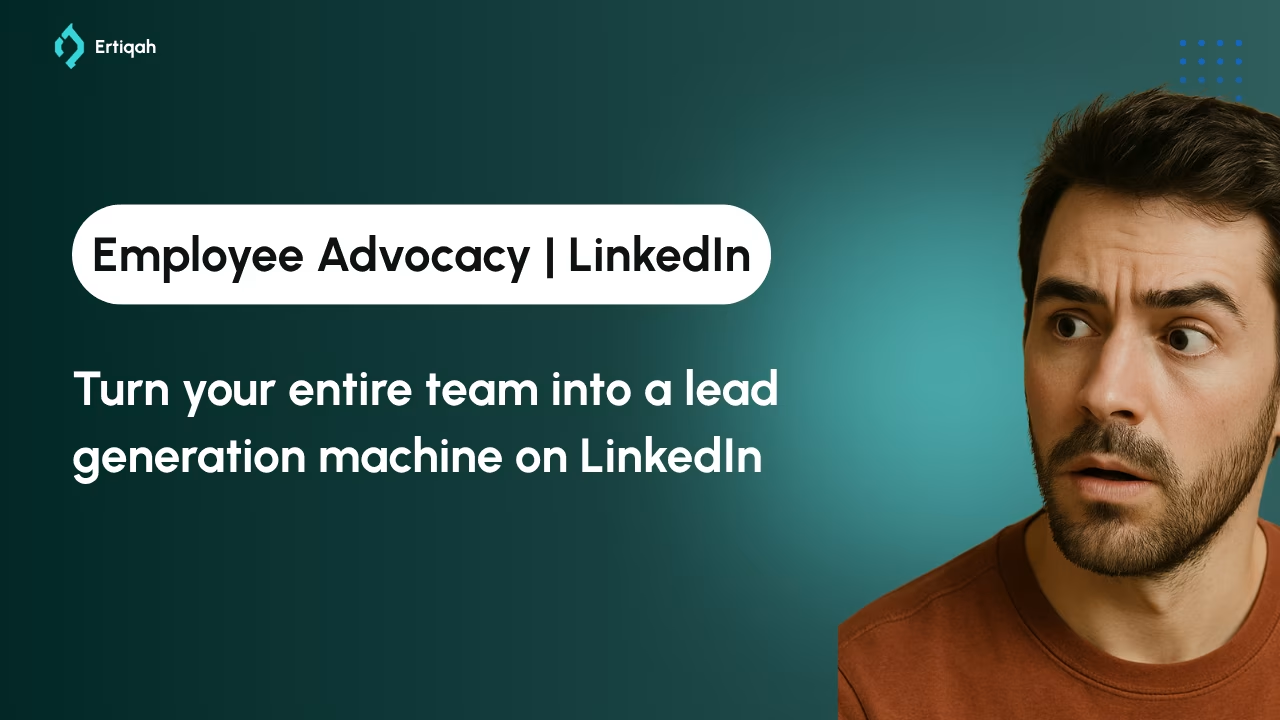
4 SEO Changes That Took My Blog From Position 53 to 15 in 14 Days (Quick Wins for Existing Blogs)
4 SEO Changes That Took My Blog From Position 53 to 15 in 14 Days (Quick Wins for Existing Blogs)
Two weeks ago, I was staring at my Search Console dashboard feeling frustrated.
My blog had decent content. I'd been publishing consistently. But my average position was sitting at 52.7 - basically invisible on Google.
Most agency owners I know face the same problem. You've got a blog. You've written articles. Maybe you even tried AI content tools. But you're still stuck on page 5 of Google while your competitors somehow rank on page 1.
Here's what changed everything for me in just 14 days:
Before (June 17-30, 2025):
- Average position: 52.7
- Total impressions: 19.5K
- Total clicks: 110
After (July 1-14, 2025):
- Average position: 14.8
- Total impressions: 83.5K
- Total clicks: 387
That's a 4.3x increase in impressions and a 38-position jump in average ranking.
If you've got existing blog content that's underperforming, these four changes can get you similar results without starting from scratch.
The Problem With Most Agency Blogs (And Why They Don't Rank)
Before I share what worked, let me tell you what wasn't working.
Like most founders, I thought good content would automatically rank. I wrote about topics I cared about, optimized them "for SEO" after the fact, and hoped for the best.
Sometimes a post would rank. Sometimes it wouldn't. There was no system.
The bigger problem? Most of my content was either AI-generated or written without any keyword research. I was essentially throwing darts in the dark.
Sound familiar?
If you're an agency owner or founder reading this, you probably don't have time to become an SEO expert. You need tactics that work quickly with the content you already have.
Here's exactly what I changed.
Change #1: Stop Writing AI Content (And Fix What You Have)
This might sting if you've been using AI tools to bulk up your blog, but here's the truth: AI content rarely ranks well in 2025.
I had 15+ articles that were mostly AI-generated. They got almost zero organic traffic despite being "optimized."
What I did instead:
- Rewrote my top 5 target articles completely by hand
- Used AI only for research and outlines, never for full content
- Added personal experiences, real examples, and specific data points
Why this works: Google's algorithm increasingly favors content that demonstrates experience and expertise. AI can't share your real client stories or specific insights from running your agency.
Quick win for your existing content: Pick your 3 most important articles and rewrite just the introduction and conclusion by hand. Add one personal story or client example to each. This alone can improve rankings significantly.
The same principle applies to your LinkedIn content strategy - authentic, experience-based content always outperforms generic AI posts.
Change #2: Start With Keywords, Not Ideas
My old process: Write about something interesting → Try to optimize it later → Hope it ranks
My new process: Find a keyword people search for → Write content that answers that search → Rank
Here's my simple keyword research method:
- Go to Google Keyword Planner (free)
- Type in topics related to your agency's services
- Look for keywords with 100-1000 monthly searches and "Low" competition
- Pick ones where you can actually help people
Example: Instead of writing "5 Marketing Strategies That Work," I wrote "How Agency Owners Can Generate LinkedIn Leads Without Cold Outreach" - targeting the specific keyword "LinkedIn leads for agencies."
Quick win for existing content:
- Use Google Search Console to see which keywords your existing posts almost rank for (positions 11-20)
- Rewrite those posts' titles and H1 tags to better match those keywords
- Add 2-3 mentions of the target keyword naturally throughout the content
Change #3: Internal Linking Like Your Revenue Depends on It
This was my biggest missed opportunity.
I had 40+ blog posts with almost zero internal links between them. Each post was an island.
Google sees internal links as votes of confidence. When you link from one post to another, you're telling Google "this content is related and valuable."
My internal linking strategy:
- Link to 3-4 related posts in every article
- Use descriptive anchor text (not "click here")
- Create topic clusters around your main services
Example internal links I added:
- From SEO posts to my content creation guides
- From LinkedIn strategy posts to analytics and measurement content
- From general marketing posts to specific tactical guides
Quick win for existing content: Go through your top 10 posts and add 2-3 internal links to other relevant posts. Use keywords in your anchor text when it makes sense.
Change #4: Optimize for Real User Intent
Most agency owners write content that sounds impressive but doesn't actually help people solve problems.
I shifted from writing "thought leadership" content to writing "problem-solving" content.
Before: "The Future of Digital Marketing: 7 Trends to Watch" After: "Why Most Agency Lead Generation Fails (And How to Fix It in 30 Days)"
The difference: The second headline targets someone with a specific problem they need solved right now.
My process for understanding user intent:
- Look at what's currently ranking for your target keyword
- Read the comments on those posts
- Note what questions people are asking
- Write content that answers those specific questions
Quick win for existing content:
- Rewrite your titles to include specific problems or outcomes
- Add FAQ sections that answer common questions about your topic
- Include step-by-step solutions, not just general advice
This same approach works incredibly well for LinkedIn content creation - focus on solving specific problems your ideal clients face.
The Results: What 14 Days of Focused SEO Can Do
Here's exactly what happened after implementing these changes:
Traffic Growth:
- Clicks increased from 110 to 387 (3.5x growth)
- Impressions jumped from 19.5K to 83.5K (4.3x growth)
- Average position improved from 52.7 to 14.8
Most importantly: I started getting inquiries from the blog for the first time in months.
Time investment: About 2 hours per day for 14 days, focused on improving existing content rather than creating new posts.
Why This Approach Works for Agency Owners
You don't need to become an SEO expert. You don't need expensive tools. You just need to be systematic about improving what you already have.
Most founders and agency owners I know have 20+ blog posts sitting on their websites getting zero traffic. Rather than writing more content, fix what you have first.
The compound effect: Once Google starts ranking your improved content higher, it becomes easier for new posts to rank too. You build domain authority and topical relevance over time.
What to Do Next
If you want to replicate these results:
- Audit your existing content - Use Google Search Console to find posts that rank on positions 11-50
- Pick your top 5 posts - Focus on articles about topics that could generate leads for your business
- Apply these 4 changes - Rewrite AI content, optimize for keywords, add internal links, and focus on user intent
- Be patient but persistent - Give it 2-3 weeks to see results, but keep optimizing
Remember: SEO isn't about gaming the algorithm. It's about creating genuinely helpful content that people actually want to read and share.
The same principle applies whether you're optimizing blog posts or creating LinkedIn content for your agency - authentic, helpful content always wins in the long run.
Want to see how we apply these same principles to LinkedIn content? Check out how LiGo helps agency owners create authentic, ranking content across all platforms.
Have you tried any of these SEO tactics on your own blog? What worked (or didn't work) for you? I'd love to hear about your experience in the comments.
